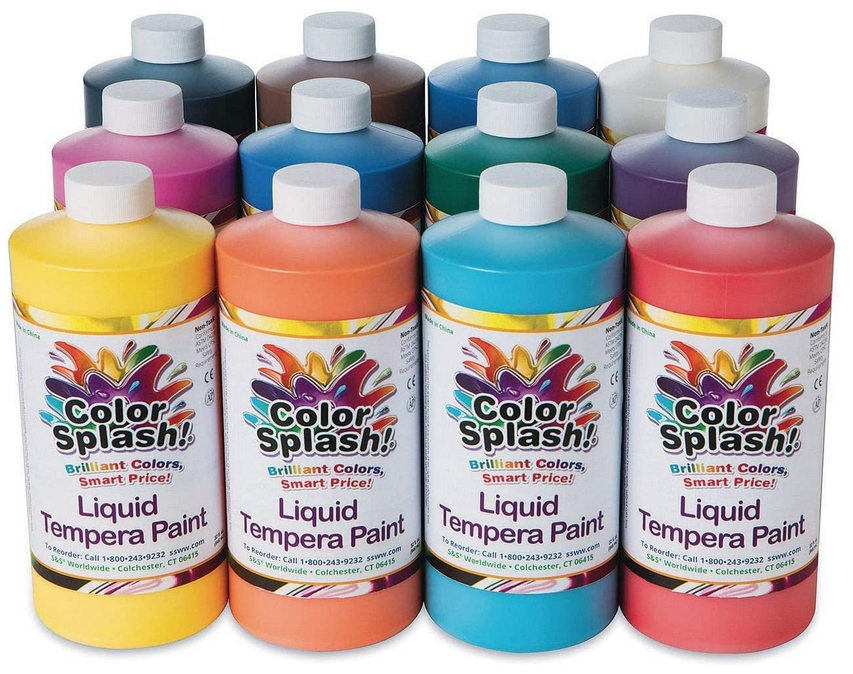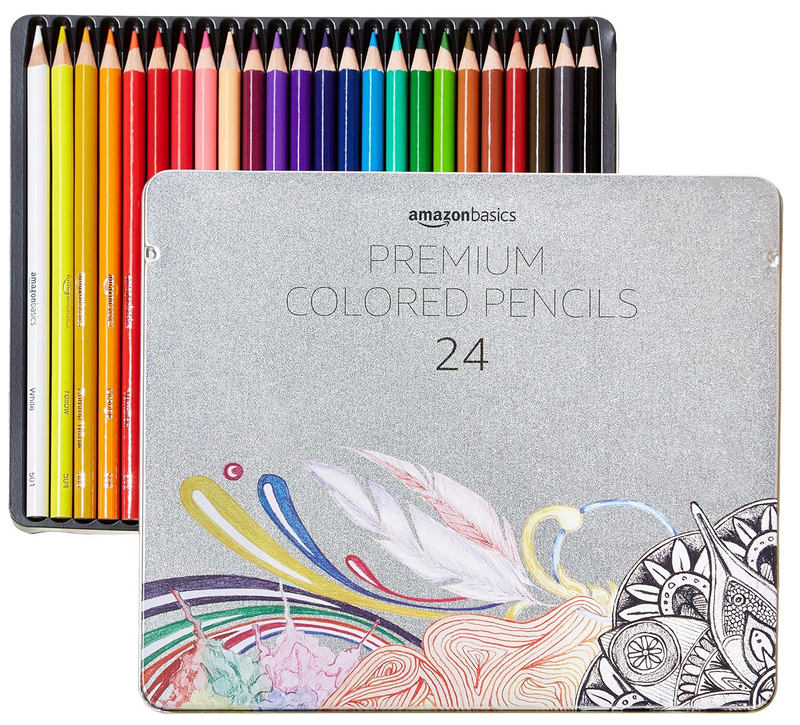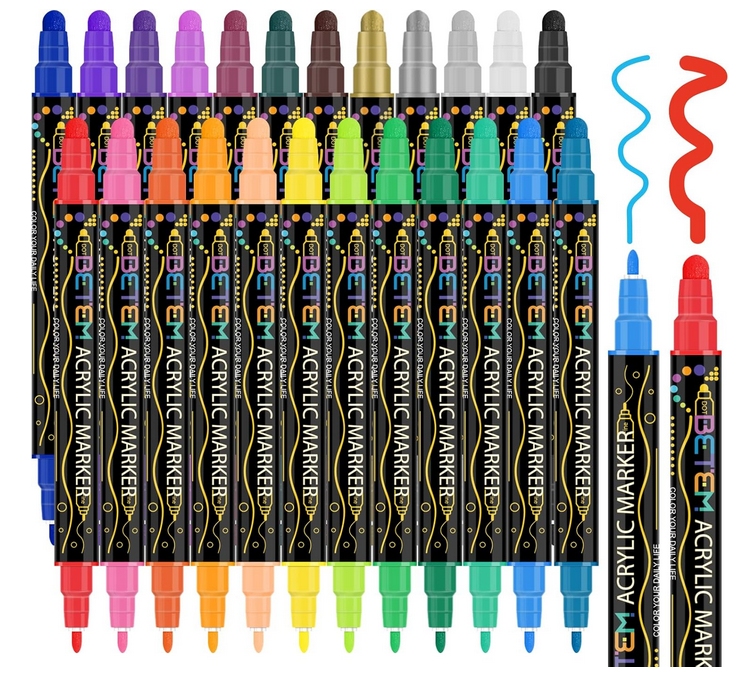- Home
- Art History
- Impressionism
- Edouard Manet
Edouard Manet (1832-1883)
Edouard Manet is included amongst the painters known as realists; yet, he played a role in in the rise of Impressionism. Manet pursued his own artistic vision without identifying himself as an Impressionist. His work bridged a gap between Realism and Impressionism.
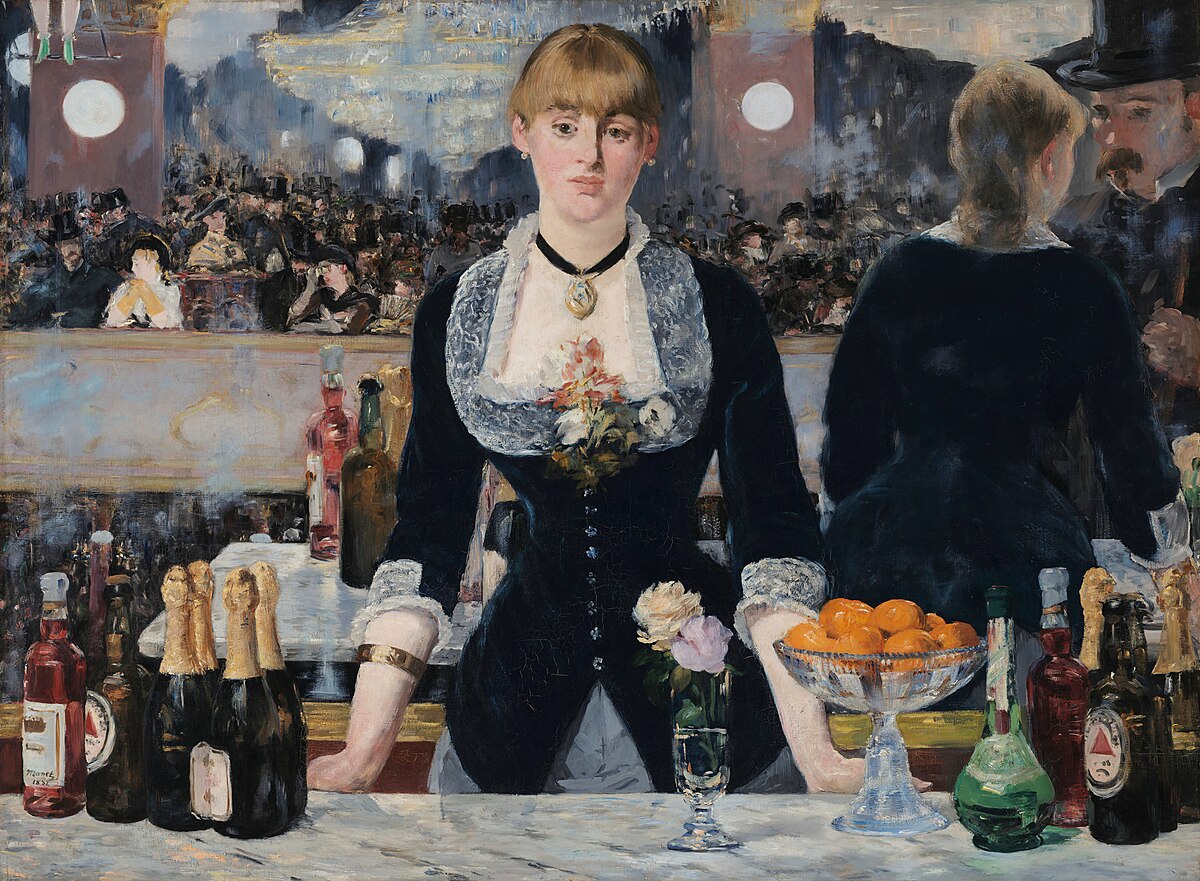
|
|
|
Manet is known for several paintings of café scenes which capture the feel of 19th-century Parisian social life. They give the viewer a look into the bohemian night life - workers rub elbows with the middle class, drinking, listening to music, chatting. |
"Color is a matter of taste and of sensitivity." - Édouard Manet "Every new painting is like throwing myself into the water without knowing how to swim." - Édouard Manet |
|
Manet took the time to capture some of the most famous painters in the Impressionist movement, including Claude Monet and Berthe Morisot. |
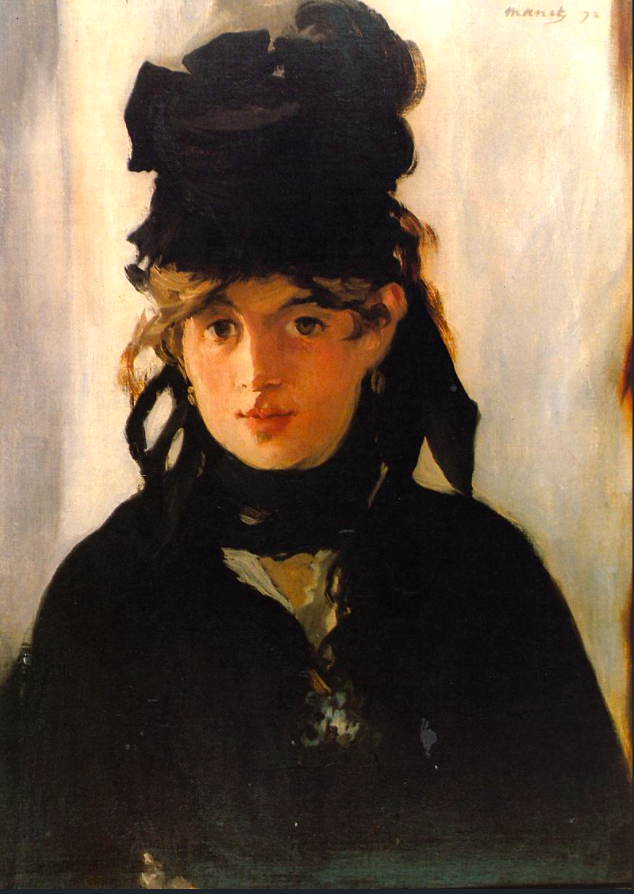 |
|
Manet's still life and flower paintings showcase his innovative approach and mastery of color and light. The vibrant expressive works capture then transient beauty of their subjects through loose brushstrokes and contrasting hues. They explored themes of beauty, decay, and the passage of time, reflecting the fleeting nature of life and Manet's own outlook on mortality. 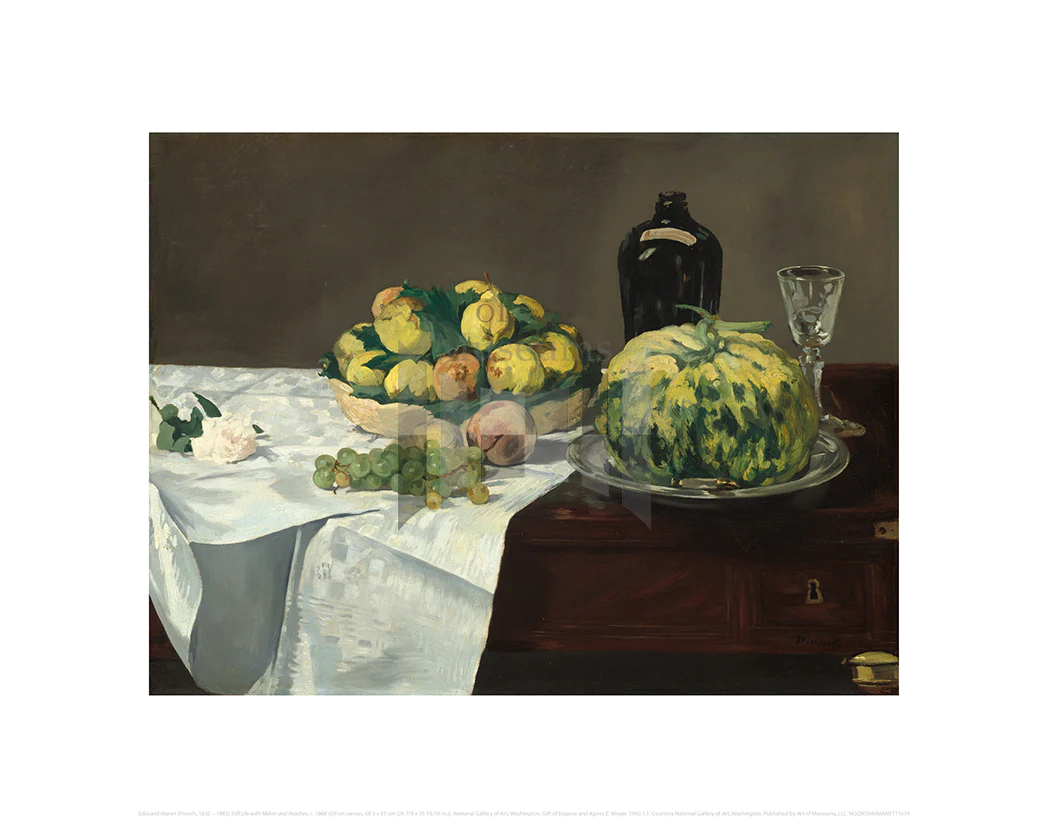 |
|
Among Manet's closest friends were the poet Charles Baudelaire, the painter Edgar Degas, the playwright Émile Zola, and the composer Emmanuel Chabrier. Manet's wife, Suzanne Leenhoff, was also a significant influence on his life and art, as she served as his model and muse for several paintings. He also befriended Manet and Renoir. |
"No one can be a painter unless he cares for painting above all else." -Édouard Manet |
Okay, so now I've put on some ads from Amazon - from which I may earn a few cents. (2025)
